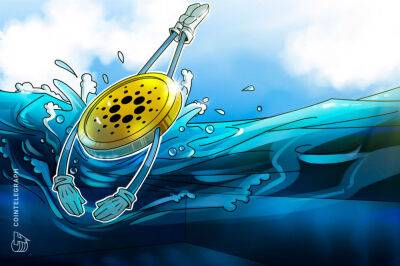Financing a Healthy Future for Coral Reefs
Coral reefs have an outsize influence on our planet. They occupy less than 1% of the ocean’s habitat but are home to a quarter of all marine species, which provide protein in the form of seafood for up to a billion people globally. The combined value of food, recreation and protection from storms attributed to coral reefs has been calculated by the U.N. Environment Program at more than $2.7 trillion a year. That doesn’t include their cultural significance, yet-to-be discovered medical cures or the joy of living on the same planet as their extraordinary beauty and diversity.
Yet today’s corals face a slew of threats. Fertilizer and sewage runoff, coastal development and illegal fishing all destroy coral. Most concerning, a warming planet disrupts the symbiotic relationship between coral and the algae that sustains it, resulting in the deterioration of reefs known as bleaching. Before the 1980s, mass bleaching was unknown. Since 2016, it has been documented every year. The Intergovernmental Panel on Climate Change predicts that by 2050, 99% of reefs could be in critical condition.
Read more on wsj.com

 wsj.com
wsj.com




















